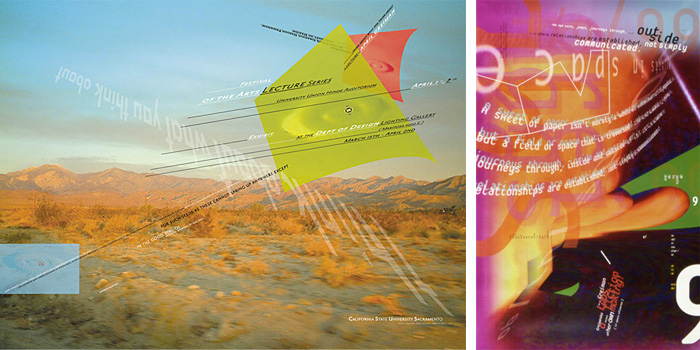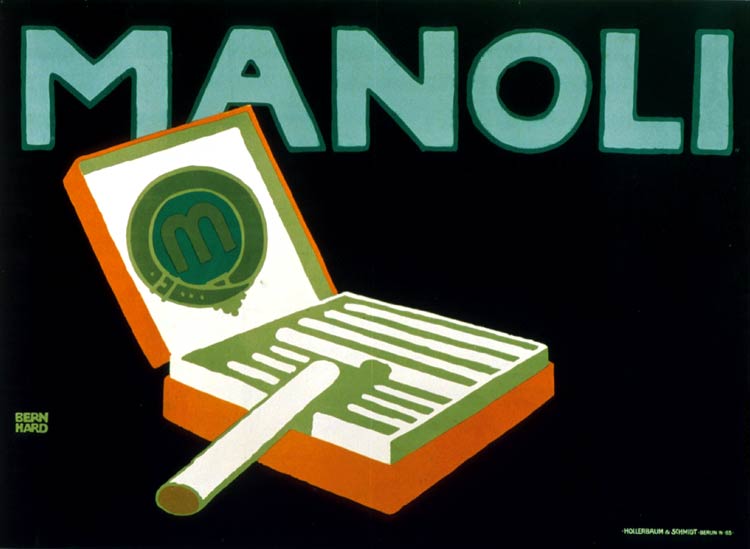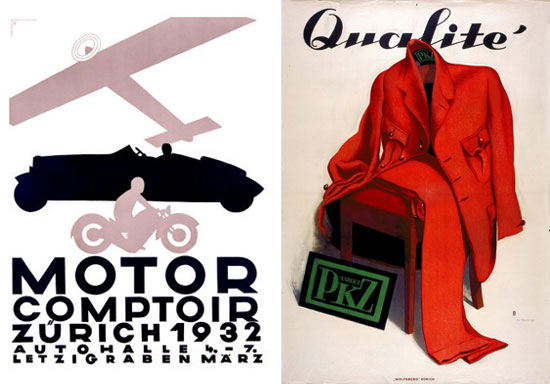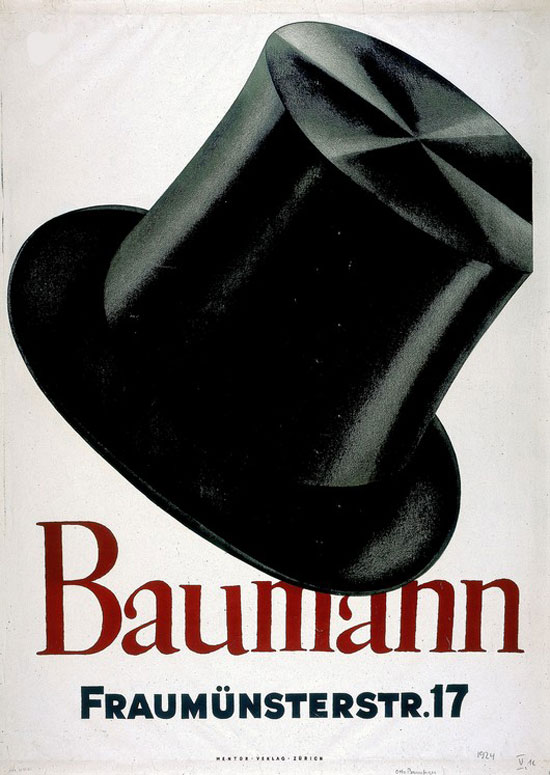In the last decade a new phenomenon was
born in the youth society of Unite Arab Emirates, which was mostly because of
the internet. That phenomenon is anime phenomenon. So what is anime, and Is it consider
as a subculture in UAE? I did some research and a survey about anime to see if
it was an actual subculture or not. And how it dose effect teens and adults here?
First what is anime?
Anime
(pronounced ani-may) is a term that is used to refer to Japanese animations in both
Japan, and the US. Another definition for anime is the modern form of manga
(Nabeshima, 2006, p.158). Manga is comics that are made by Japanese manga
artists, mangaka, and has its unique style. Telling stories and myths by
sequential images has been always part of the Japanese culture. Then it
developed to a basic kind of comics that were introduced to children. During
war world II it developed to the manga that we know today and was starting to be
targeted to older children. When they realized that even adults started to read
manga more genres and styles were produced.
At that time a great mangaka Osamu Tezuka
worked with Walt Denise and got experience from them. Tezuka was inspired from Walt
Denise to produced one of his manga to the first anime. Tezuka’s anime got huge
fame both in Japan and the US like Astro boy and princess mononoke. Because of
his great anime he was called later by the father of the manga. In the last
three decades anime has become a big part of the Japanese film industry. Also
it was considered as a type of art that need to be focused at and criticize,
while other animation been looked at as a minor art (Napier, 2001, p3).
Anime in UAE:
Though there were always an anime in TV
25 years ago, anime didn’t become popular till internet become a common thing
in houses. Now many teens and young adult in UAE are watching anime more than
any other shows. That why I have made a survey in the art collage and designs
of university of Sharjah to discover reasons of anime popularity and
differences between anime and American animations why do or don’t like anime?
First of all, 95% the people I have questioned knew what anime is even if they
weren’t interested in it. That fact proves the popularity of anime among teens
and young adults. Another thing is that 85% of them thought that anime is
better than American animations though their reasons were different.
According to whom I’ve questioned, anime
books, and magazines there are many differences between anime and American
animations which are the reasons for anime to stand out. The main difference is
that unlike the American animations, which are mainly targeted to children,
anime covers various age ranges from children to adults for both males and
females. Mangaka and animators always try to make their products more complex,
realistic plot that require amount of seriousness from the viewers to suite
teens and adults (Manga, 2010, p261). Another thing is compared to other
animations anime has more genres that suite their tastes.
The story lines differ from anime to
another to create many different genres, but lately there are many anime that
belong to more than one genre at once. The anime fans who were 60% of the quested
ones and most of the anime fans preferred two specific genres. The genre 55% of
the anime fans usually watched is Shounen. Shounen is typically
refers to boys’ anime between 10 and 18, but boys, girls, men, and women all
watch this genre. It’s a companion between fantasy, social history, and action
with universal themes (Manga. 2010, p35). The fantasy in this genre is mostly inspired
from Japanese and Chinese myths and legends; therefore they became original
unique stories for people outside Japan. Though it is unique 5% didn’t like it
because it is far from our culture, other 10% thought it is too imaginary for
them and have very violence scenes. Examples of a popular Shounen anime are
Dragon ball and Naruto.
The other one which had 35% of appealing
between anime fans is Shoujo or the beautiful boy. Shoujo is
aimed to the same age range but for girls. It is mostly love and real live
stories like Sailor Moon. What was even more shocking is 10% of those anime
fans like Yaoi anime. Yaoi is male homosexual; male/ male love
stories for girls. It started to be more and more common among Arab girls who
think that homosexuality between males is “cute”. All of those genres become
popular because they have great psychological sides and characters that develop
with the stories and force viewers to interact with them.
When I questioned them about the animes’
characters and who they liked, I got so many different characters and no one
like a character like the other. Also when I’ve asked them if they liked how
they dressed and looked 80% said they did. Even some of them thought that Shoujo
characters’ style can be wearable. 50% of the anime fans have actually bought
things they saw anime characters wear them. These are some of the things they
had bought.
There are other things like mini dolls
and other souvenirs. Another prove that
anime has become subculture is that all the anime fans have tried or at least know
a few Japanese words. 15% are learning Japanese as their third language.
Another fact is that all of those anime fans have gone or want to go to Japan and
have big expectations for it. Also many anime fans 30% tend to watch other
thing that is related to Japan like Japanese drama and Japanese songs. Even
those people would prefer one or many Japanese bands that they would get their
songs’ translations and think it is better than Arabic and English songs.
Other difference that affected all anime
fans is the drawing style of anime. The anime style was taken from the manga
style which is also was developed from Japanese tradition arts as kabuki and
the woodblock print (Napier, 2001, p3). How that did affect them? Most anime
fans who like drawing have developed a style that is more or less similar to
the anime style all according to what genre they watch, since each genre has
its unique drawing style.
So is anime a subculture in UAE? Yes it
is. But is it good or bad interference that is the real question. Yes maybe
anime came from completely different culture and sometimes suggests things that
are not close to our customs. But anime is not for children the ones who watch
it are already have learned most of our values. Anime open teens and young adults’
minds to new world and energetic their imaginations. Anime is known to relief
their stress and separate them from everyday’s problems. Because of all that
anime subculture is a good edition to the United Arab Emirates society.
References:
Nabeshima, K. Yusuf, S. (2006). Postindustrial East Asian cities: innovation
for growth. Washington DC, USA: The International Bank for Reconstructions and
Development.
Napier, S. (2001). Anime from Akira to
Princess Mononoke: Experiencing Contemporary Japanese Animations. New York,
USA: Palgrave Macmillan.
Manga:
An Anthology of Global and Cultural Perspective. (2010). Toni Johnson-Woods.
New York, USA: The Continuum International Publishing Group Inc. 










